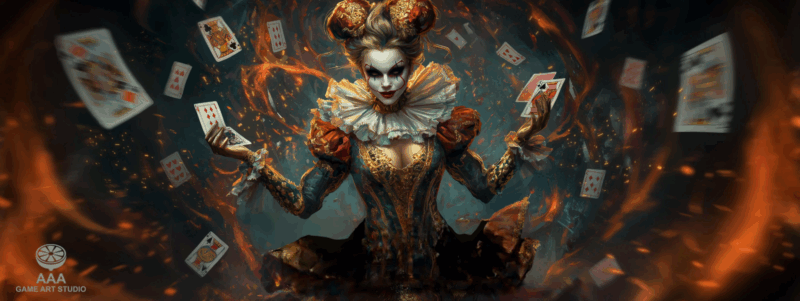JoAnn Switzer, a volunteer for Mid-State Fair since 1996, is retiring after 17 years. She has been credited with helping to increase attendance and revenue at the fairgrounds.
Since 1946, Switzer has attended every Mid-State Fair.
If you’ve ever entered an animal at the California Mid-State Fair (CMSF) or strolled through the livestock barns, you’ve almost definitely seen JoAnn Switzer in purple.
The Fair is celebrating 75 years with JoAnn Switzer as it celebrates its 75th anniversary with the community. Switzer has been a part of the Fair in some capacity since 1946.
“It was a start, and it’s been nothing but move ahead and bigger and better,” Switzer said.
We’re going to get through this together, Atascadero
Switzer decided this year that it was time for her to stand aside and allow the new generation take over the Fair.
“I’ll be 85 in September, and I don’t want to be one of those individuals who has to move aside. So let the next generation handle it,” Switzer jokes.
Switzer’s involvement with the Fair dates back to when she was ten years old. Switzer won the Fair’s first Grand Champion for lambs the same year she joined the Pozo 4H Club and brought a lamb to exhibit at the inaugural CMSF. She then went on to win the 4H Grand Champion Steer for the next six years.
Switzer remembers walking her winning cattle in the Grandstand before the rodeo started in the Parade of Champions.
Throughout its 75 (76 if you include 2020) years, the Fair has evolved in various ways.
The Fair began shortly after World War II ended. Switzer claims that since supplies were limited and white trousers were hard to come by, the show’s participants donned jeans and white t-shirts.
When they reach high school, most students will begin exhibiting animals in 4H and then go on to FFA. Before 1969, however, females were not permitted in FFA, something Switzer chuckles about when she recalls her 4H days.
The Fair used to be held in September and concentrated on “rural things,” as Switzer would put it.
“The Fair has gone a long way from the horse racing days and the horseback fistfights,” Switzer chuckles.
Local events such as nail driving, mare and foul races, and more used to draw crowds to the Fair.
Switzer believes that the elimination of these events, along with the loss of the PRCA rodeo, is one of the Fair’s most significant changes throughout the years. She recalls World Champions participating at the rodeo in Paso before going down to Los Angeles.
Switzer’s connection with the Fair began with cattle showing.
She was a member of the Fair Board for eight years, from 1986 to 1994, and then became the Livestock Superintendent in 2004, a post she has held for the last 17 years.
“From the moment I began exhibiting here, the community’s kindness and support grew exponentially. It never stops, and without it, the Fair would not be what it is,” Switzer said.
“Even last year, when we had COVID and shutdown, individuals came forward and helped the kids,” she added. We are a one-of-a-kind community for that—not just for the auction, but throughout the whole Fair. We are very fortunate to have what we do.”
Switzer and the late Dick Nock organized the inaugural Cattleman and Farmers Day in 1987.
Farmers and ranchers have attended the Cattleman’s luncheon and supper every year since.
Switzer added, “It’s been, I believe, 32 years this year, so it’s taken off and been a fantastic event.”
It’s like a family reunion for many, and it’s one of the most anticipated occasions of the year. The Cattleman of the Year is also announced at this time.
In 1992, Switzer became the first woman to be awarded Cattleman of the Year. Only two other women, Dee Lacey and Elena Twisselman, have been awarded Cattleman of the Year after her.
Switzer may be retiring this year, but she isn’t going anywhere.
Switzer will always have a soft spot in his heart for cattle barns and the individuals who work in them.
“It’s wonderful to see these kids who have gone through the program and remained in the community and grown up to become adults, and then they’ll come back and assist, which is important to me because they got so much out of the program,” she adds. That is what motivates me to keep doing it.”
Switzer’s great-granddaughter is the fourth generation Switzer to exhibit at the Fair, following in the footsteps of all four of Switzer’s sons, Mark, Thomas, Joel, and Jeff.
Switzer will take a break after this week, but she will always be there to assist the next generation.
As an example:
As if Loading…





